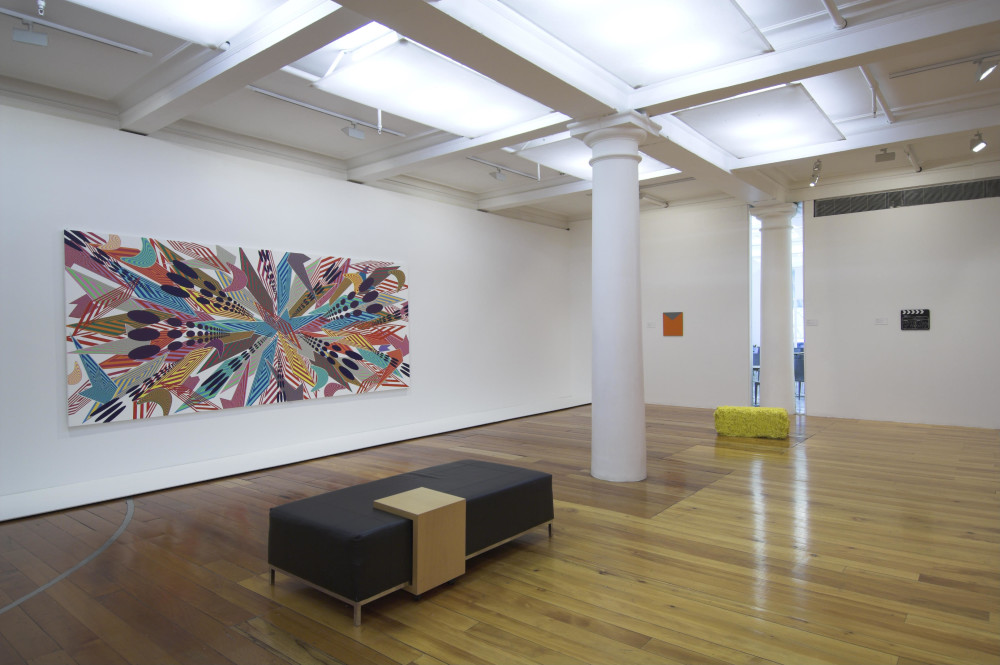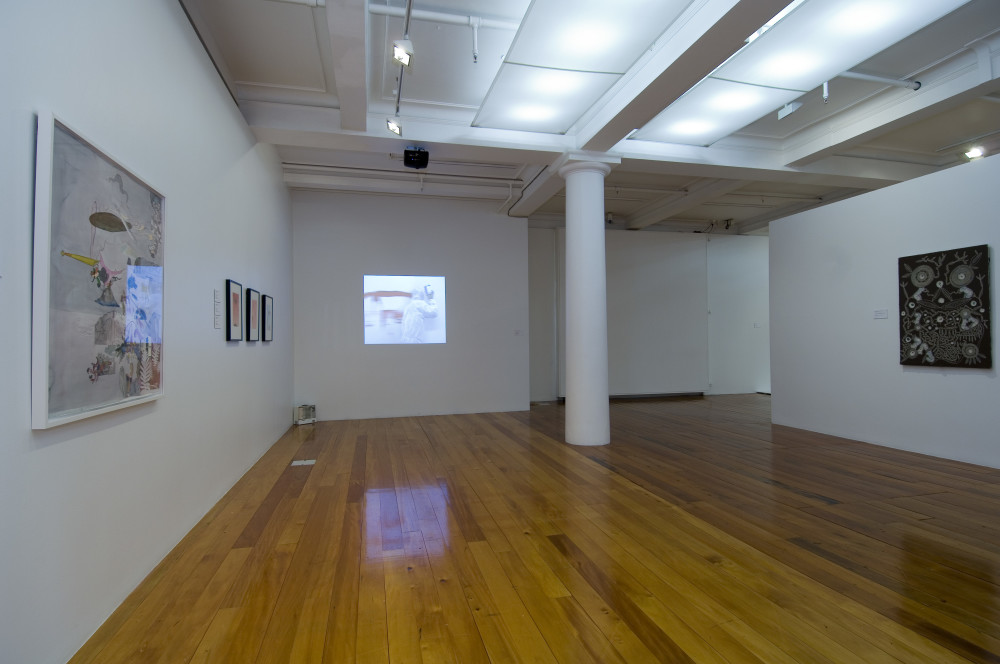Just Painting

Just Painting
-
Where
Auckland Art Gallery Toi o Tāmaki
-
When
2 September 2006 - 4 February 2007
The basics of painting are its materiality, and the idea of painting, as it has been and as it is today. It is arguably a curious proposition to isolate painting from the rest of contemporary practice. Yet, perhaps more than any other discipline it has a set of conventions that artists still explore.
In this exhibition, it is possible to see a historic division between the concept of painting and its material sensibility. Nonetheless, what is attractive about aligning these works, is watching idea and object converge. Together they make obvious how entangled both material and conceptual statements are with one another.
The survival of the medium is also about the relaxation of the rules of painting. The common rules of painting, its form, media and composition, have affected and informed so many types of art making. Yet in concentrating just on painting, it is possible to better understand its influence and tenacity.
Featuring works from the Auckland Art Gallery Toi o Tāmaki and Chartwell Collections. Curated by Natasha Conland.

Left: Anne-Marie May, Untitled 2005, 2005. Right: Diena Georgetti, The time of your miracle will soon be over, 2003. Both Chartwell Collection.

Left: Stephen Bram, Untitled, 2005. Right: Richard Grayson, Negative Space (things I don't understand) 2, 2000. Both Chartwell Collection.

Left: Julian Hooper, Lookout, 2005. Right, left to right: Michael Harrison, Rock Chick, 2001-2002, Magnetism, 2002, and In Step, 2004. All Chartwell Collection.

Left to right: Sara Hughes, Crash #1, 2005 - 2006. John Nixon, Orange Monochrome, 1999. John Reynolds, United States of Anxiety, 2003. Back centre: Steve Carr, Bale, 2004. All Chartwell Collection.

Left to right: Rohan Wealleans, Large carved tribal painting No. 2, 2004, and Delayed Gratification, 2001.

Left to right: Steve Carr, Bale, 2004. John Reynolds, United States of Anxiety, 2003. David Hatcher, The simplest surrealist act (André Breton), 2002. Billy Apple, Complimentary, 1990. All Chartwell Collection.

Simon Ingram, Painting Assemblage No. 2, 2005, and Spirit Level Painting, 1996 - 2006. Both Chartwell Collection.

Damien Hirst, Painting-by-Numbers, 2001. Chartwell Collection.

Left to right: Julian Hooper, Lookout, 2005. Guy Benfield, Head-Painting (Asbestos Tracking in Hi Red Center 1972), 1998. Rohan Welleans, Large carved tribal painting No.2, 2004. All Chartwell Collection.

Daniel von Sturmer, Limits of the Model (Sequence 3), 2006. Chartwell Collection.

Daniel von Sturmer, Limits of the Model (Sequence 3), 2006. Chartwell Collection.

Left to right: Mikala Dwyer, Dropped Undie Drawing 1 and 2, 1995, and Eugene Carchesio, Untitled series, all 1988 - 1990. Chartwell Collection.































